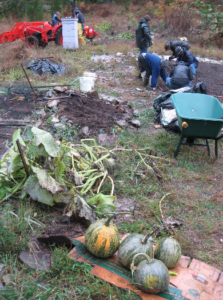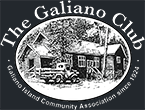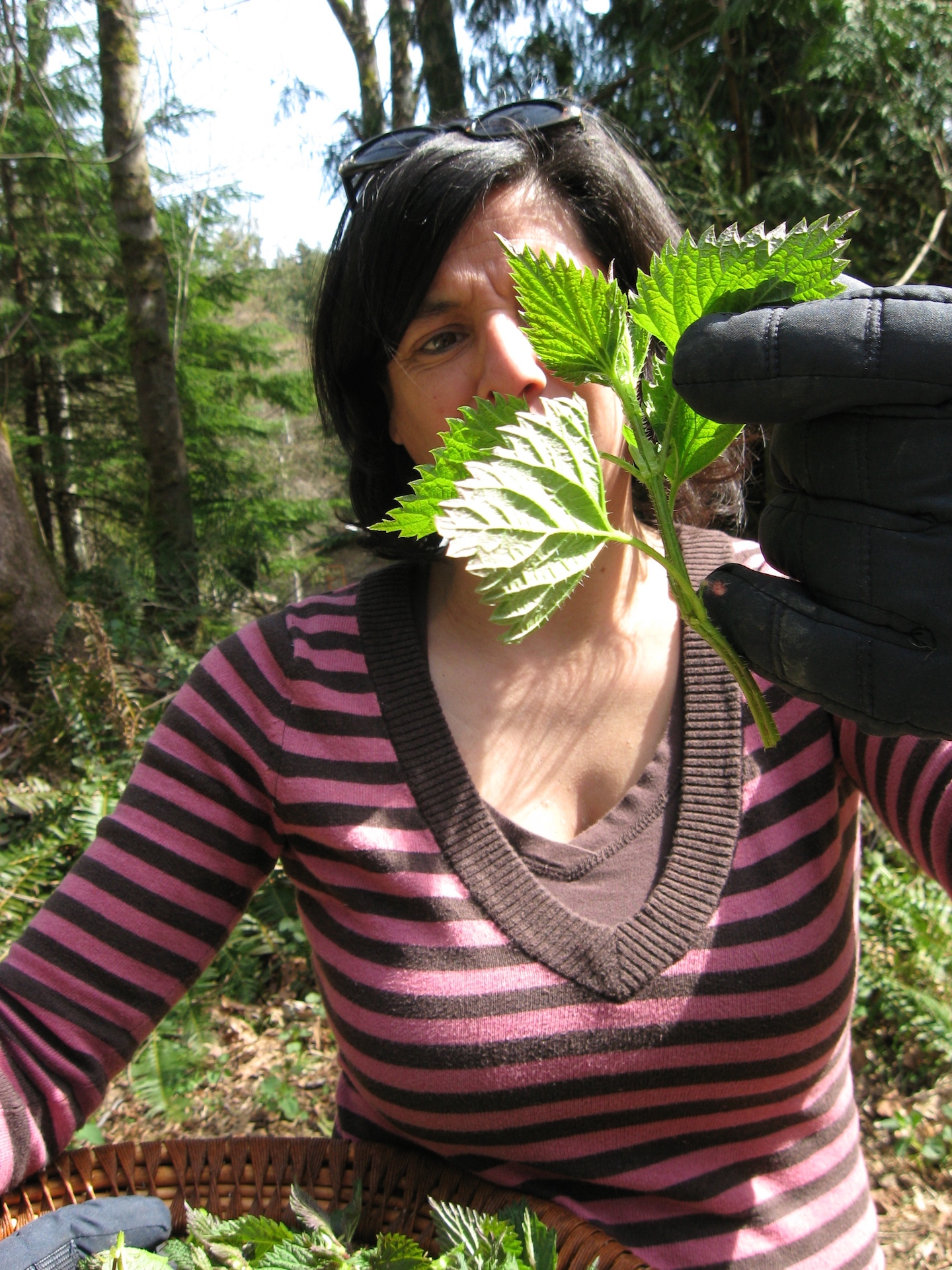 No doubt about it, this past winter was a tough one for many Canadians. And even our mild west coast climate had a few surprises for us. This wet spring has seemed later than usual to arrive, so it may be hard to believe it’s time to start thinking about preparing for next winter. But when it comes to food security, living on an island makes us even more vulnerable than most North Americans. Not only does most of our food come from our centralized food production system, we’re dependent on the ferry service to access it.
No doubt about it, this past winter was a tough one for many Canadians. And even our mild west coast climate had a few surprises for us. This wet spring has seemed later than usual to arrive, so it may be hard to believe it’s time to start thinking about preparing for next winter. But when it comes to food security, living on an island makes us even more vulnerable than most North Americans. Not only does most of our food come from our centralized food production system, we’re dependent on the ferry service to access it.
Filling your pantry, especially for the winter with its unpredictable weather, is a way to make sure you will have enough nutritious food if the power goes out and ferry service is down. It can be very reassuring to know that you have enough on hand to feed your family for a few days, or longer, if need be.
Here are some tips to help you make sure you’re in good shape by the time the cold weather returns:
- Stock up on extra fresh local produce all summer long. Fresh ripe local food is at its peak nutrition, and buying it in season and preserving it yourself is more affordable than buying canned or frozen mid-winter. Many producers have ways you can buy direct from the grower or fisher, including farm gate sales and farmers’ markets. Galiano’s Saturday market is a great source, as are other local farmers’ markets and grocery stores. The Food Program’s Gleaning Program is a also fantastic way to access local excess produce—contact Emma for more info. And don’t forget all the bounty that Galiano has to offer industrious foragers—nettles, berries and seafood.
- Attend one of the Food Program’s Community Kitchens to learn more about pickling, preserving and cooking local ingredients. The Food Program has a dehydrator and vacuum sealer available to borrow—contact Alison.
- Start your winter garden now. Linda Gilkeson says that in our mild climate, most vegetables store better in the garden than in a root cellar. Linda Gilkeson’s Year-Round Harvest, Winter Gardening on the Coast is one of our favourite resources, and it and others are available from the Food Program’s lending library.
- Now is the time to think about where in your house you can squirrel away potatoes, garlic, grains, storage apples etc. in cool, pest- free storage.
- A great tip from Root Cellaring, Natural Cold Storage of Fruits & Vegetables, by Mike and Nancy Bubel: While you’re starting seedlings for this year’s garden, stash away a bucket or two of garden soil and compost so that early next spring, you have some available that isn’t soaked with rain.




Leave A Comment
You must be logged in to post a comment.